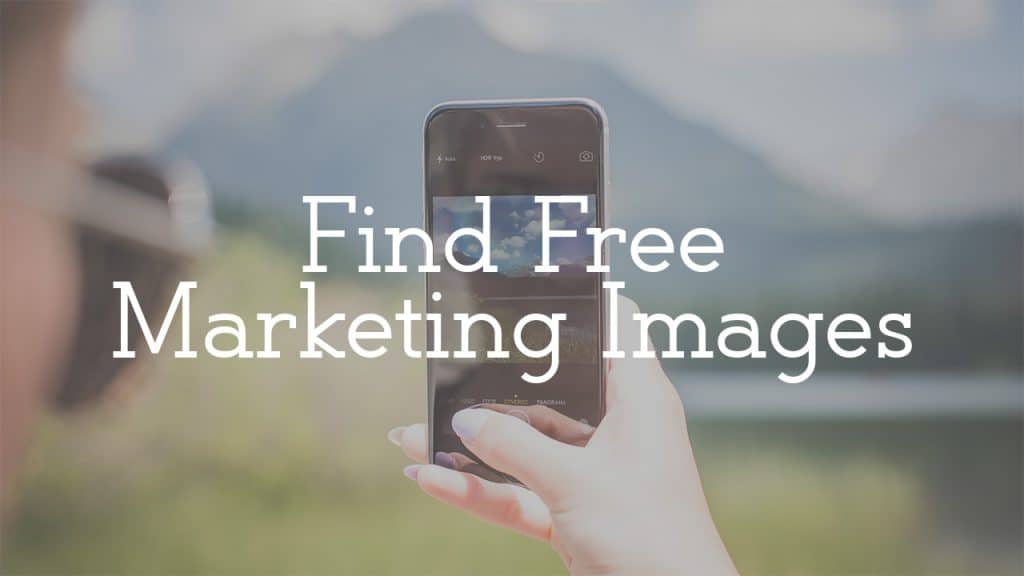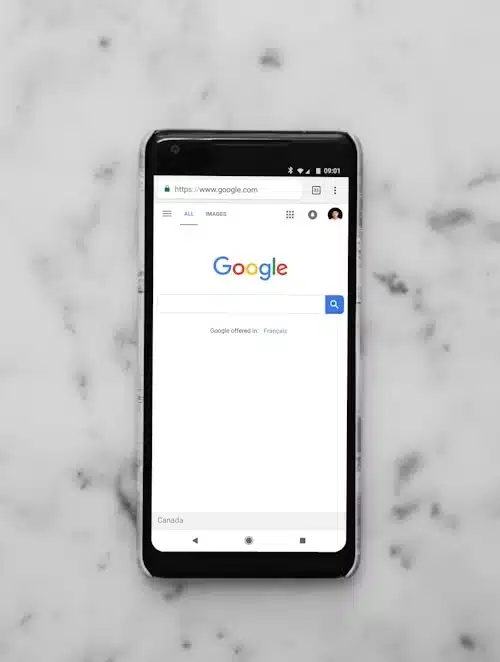
What Images Can You Use for Your Business?
There are a variety of ways to find images for your company that you can use online. Your options include:
- Taking your own photos
- Purchasing licenses for photos
- Using CreativeCommons images (note: not all CreativeCommons images are available for commercial use)
- Finding 100% free images that are free from restrictions
If you have a good eye for photography and a decent camera, then taking your own photos for your marketing material might be the best option for you. Even hiring a professional photographer in your area to take your photos can be a great use of your marketing dollars. You can also purchase licenses for photos and then download them directly to your computer. Most companies like Getty Images or Shutter Stock have licenses that allow you to pay for the image once and use it infinitely on printed and digital marketing material. If you think you can get away with not paying for their images, then you will be extremely disappointed when they send you an email with screenshots of the image used on your site. Oh, and the email will also include ways to retroactively pay for the image at a significantly higher rate. Purchasing images or taking professional looking photos yourself might not make sense for you. That’s why many marketers tap into the Creative Commons database to find images that are free and can be used commercially. Creative Commons has become extremely valuable to creative individuals and businesses because it is a “nonprofit organization that that enables the sharing and use of creativity and knowledge through free legal tools” (CreativeCommons.org). Simply put, it has allowed many people to create, access, and share images, video, and music with a clearly laid out legal path to avoid copyright issues. Occasionally, you can find artists that publish their work restriction free. These are extremely generous people, and while it’s a great idea to give attribution, it’s generally not required.
Finding Creative Commons and Free Images for Commercial Use
There are a handful of licenses within Creative Commons. Some licenses are free to use commercially, some are not okay to use. Some licenses require that you cannot alter or edit an image, some you can manipulate however you choose. Each artist is different, so it’s important to read their requirements to use their work for your business. Most businesses are looking for a Creative Commons Attribution 4.0 License. This license typically requires attribution to the artist and allows you to use their image, music, or video where attribution is made. You can also adapt or edit the work to fit your needs. Creative Commons has an easy to use search tool to help you find media that falls under their CC Attribution 4.0 License. Go to search.creativecommons.org to find creatives for your business. Before you use an image from this search, double check the license to make sure it’s okay to use. Free images without restrictions are typically more difficult to find. Depending on your business and the content that you’re producing, these images might not be a good fit for your brand. When browsing images, keep an open mind for what can be used to convey your message. Large publications (ie Forbes and Fortune Magazine online) often use these resources, and you never know when you will stumble on creative gold.
Completely Free Images (No Attribution Required)
Carolyn Horne, a Web Operative at TrustWorkz, maintains our image guidelines and resources internally. Here are a few of her favorite free image resources that do not require attribution (note that some sites still have some restrictions – read carefully).
- Pixabay
- UnrestrictedStock.com
- Picjumbo
- Gratisography
- Unsplash
- New Old Stock
- Lime Lane Photography
Whether you’re creating a new blog post or sharing a status update, make sure that you know what is okay to use and what needs extra attention or payment. Taking a few extra minutes or paying a couple of dollars for images will help avoid legal issues in the future.
If you found this information valuable, please share with your network or contact us for more information!




